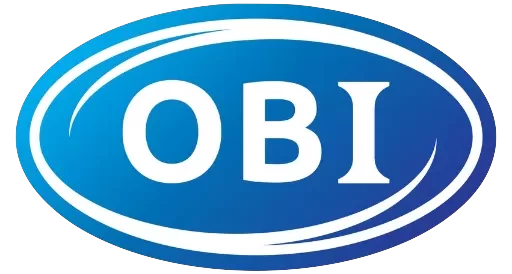Artificial intelligence (AI) has become an integral part of modern society, offering transformative capabilities and new possibilities. With great power comes great responsibility, and leading AI organizations are developing robust safety strategies to ensure that these technologies are ethical, inclusive, and beneficial. Here’s how Google, Meta, Anthropic, and OpenAI approach AI safety, each in their unique way.
Google: Pioneering Responsible AI with Clear Principles
Google’s AI safety strategy is grounded in its AI Principles, published in 2018. These principles guide the company’s development and use of AI technologies to prioritize societal benefits and ethical behavior.
- Be Socially Beneficial: AI should address significant challenges like healthcare, education, and climate change, always aiming to improve the quality of life for society at large.
- Avoid Unfair Bias: Rigorous testing ensures fairness and inclusivity, avoiding harmful impacts based on sensitive characteristics such as race, gender, or religion.
- Build for Safety: Systems are thoroughly tested to minimize risks and ensure robust, reliable operation.
- Accountable to People: AI decisions remain under human oversight to foster transparency and trust.
- Privacy by Design: Strong privacy protections give users control over their data.
- High Scientific Standards: Research adheres to rigorous peer review, promoting collaboration and transparency.
- Ethical Use: Deployment aligns with these principles, avoiding harmful applications like weapons or surveillance tools.
Google’s approach is holistic, incorporating internal education programs, research collaborations, and public transparency to ensure AI benefits society responsibly.
Meta: Aligning AI with Fairness and Inclusion
Meta’s AI safety strategy emphasizes fairness, inclusion, and accountability. Its principles focus on creating AI systems that are ethical, secure, and transparent.
- Fairness and Inclusion: AI systems are designed to be inclusive and free from harmful biases.
- Robustness and Safety: Technologies are built to operate reliably under diverse conditions, minimizing risks.
- Privacy and Security: Meta prioritizes user data protection, embedding strong safeguards throughout its AI lifecycle.
- Transparency and Control: The company works to make AI understandable and gives users control over its impact on their experiences.
- Governance and Accountability: Oversight structures ensure AI systems are aligned with ethical standards and societal values.
In addition, Meta collaborates with partners to address challenges like the misuse of generative AI in harmful contexts, reflecting its commitment to ethical AI development.
Anthropic: AI Safety Through Constitutional AI
Anthropic’s AI, Claude, is guided by a unique framework called Constitutional AI. This innovative approach embeds explicit principles into AI behavior, enabling it to self-regulate based on ethical guidelines.
- Constitutional Framework: Claude’s “constitution” is inspired by ethical standards, such as the UN’s Universal Declaration of Human Rights.
- Avoiding Harm: Claude is trained to minimize harmful outputs while promoting constructive and beneficial interactions.
- Upholding Honesty: The model prioritizes truthfulness, avoiding deception or misinformation.
- Deliberative Alignment: AI systems use Anthropic’s safety policies in real time to guide ethical decision-making.
By developing self-regulating AI systems, Anthropic demonstrates how AI can align with human values while minimizing reliance on human feedback.
OpenAI: Building Trust and Mitigating Risks
OpenAI’s safety strategy focuses on minimizing harm, fostering trust, and continuously iterating on its systems to align with societal needs.
- Minimizing Harm: Robust safeguards are integrated to prevent unintended consequences or misuse.
- Building Trust: OpenAI collaborates with users, developers, and the broader community to promote responsible AI use.
- Learning and Iterating: Continuous feedback loops ensure that AI systems evolve responsibly, reflecting user needs and ethical considerations.
- Pioneering Trust and Safety Research: OpenAI contributes to industry-wide best practices and standards.
OpenAI has also developed advanced models like “o3” with safety mechanisms such as deliberative alignment, allowing AI to reference safety policies in real time.
Comparing the Strategies
While each organization takes a distinct approach to AI safety, their goals converge on creating AI systems that are ethical, trustworthy, and beneficial:
- Google leads with comprehensive principles that prioritize societal benefit and scientific excellence.
- Meta emphasizes fairness, inclusion, and strong governance structures.
- Anthropic innovates with Constitutional AI to build self-regulating systems.
- OpenAI focuses on iterative improvement and embedding safety measures at every stage.
Together, these strategies form a robust framework for the responsible development and deployment of AI technologies, ensuring that the future of AI aligns with humanity’s best interests. By learning from each other and collaborating across the industry, these AI superpowers are helping to shape a safer, more ethical AI landscape.






